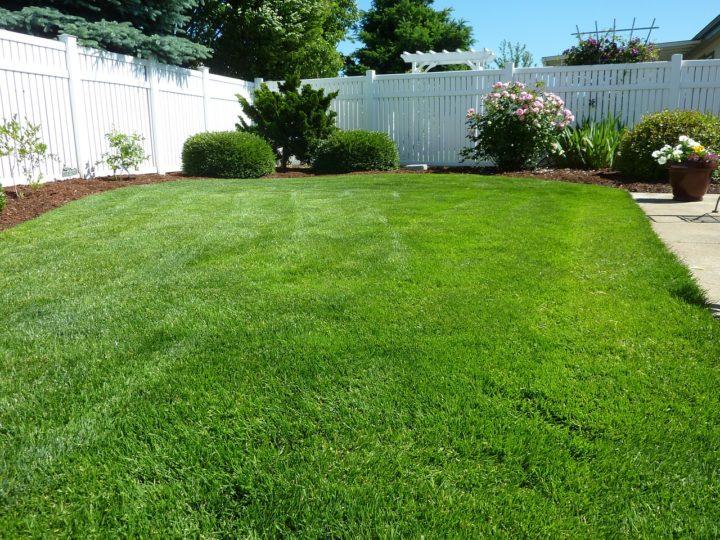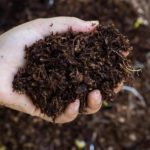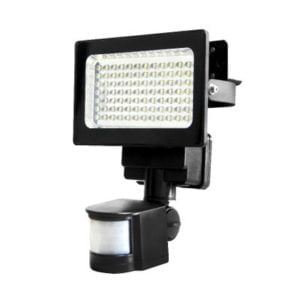Making an Organic Lawn Possible
When you’re faced with a barren patch where you envision a lawn, it is admittedly not an easy job getting started. As with anything that’s worth doing, your first steps putting down an organic lawn tend to be the hardest.

With a bit of the groundwork laid in, most of the rest of your plan can pretty much coast along. As for those difficult first steps, the thing that inspires those people to keep on going is the thought that they are laying the groundwork for something that their family and other people will enjoy for years to come.
An organic lawn allows people to enjoy what nature is capable of, in the traditional way. No longer do you have to worry about how eating a blade of grass or chewing on a flower petal will sicken your children.
No longer do you have to fear for the health of your pet as it rolls about on the grass. With a good bit of common sense and patience, all of this is easily possible.
To those who are used to having a lawn behaving a certain way, it can take a little while to understand how an organic lawn behaves while you are growing it. The best way to go about it the first time around is usually to not try to cover your whole lawn all at once.
Before you even begin to think of planting those grass seeds, you need to think about where your composting pit will be. That’s an important part of what makes your lawn organic.

You need to set aside a 30 square-foot part of your lawn for the purpose and build a kind of wooden bracket for the area. Any time you cut grass or sweep up leaves; this is where they end up.
Planting your lawn every fall, you need to understand that an organic lawn needs to be planted far more densely than a regular lawn. About 10 pounds of grass seed for every thousand square feet of lawn is what you need to begin with.
You could add in an extra 5 pounds every fall just to keep the growth up. Overseeding like this is a great way of keeping weeds out. Since this is an organic lawn that doesn’t use pesticides, planting in this way makes for an important part of your strategy.
The compost that your composting area comes up with happens to be the most important part of your lawn’s survival. A lawn doesn’t need much more.
A mere 2 pounds for every 1000 square feet should do twice a year. For weeds that grow every year, corn gluten meal is a great weed killer. For regular perennial weeds, picking them off by hand should be the best way to go about it.








